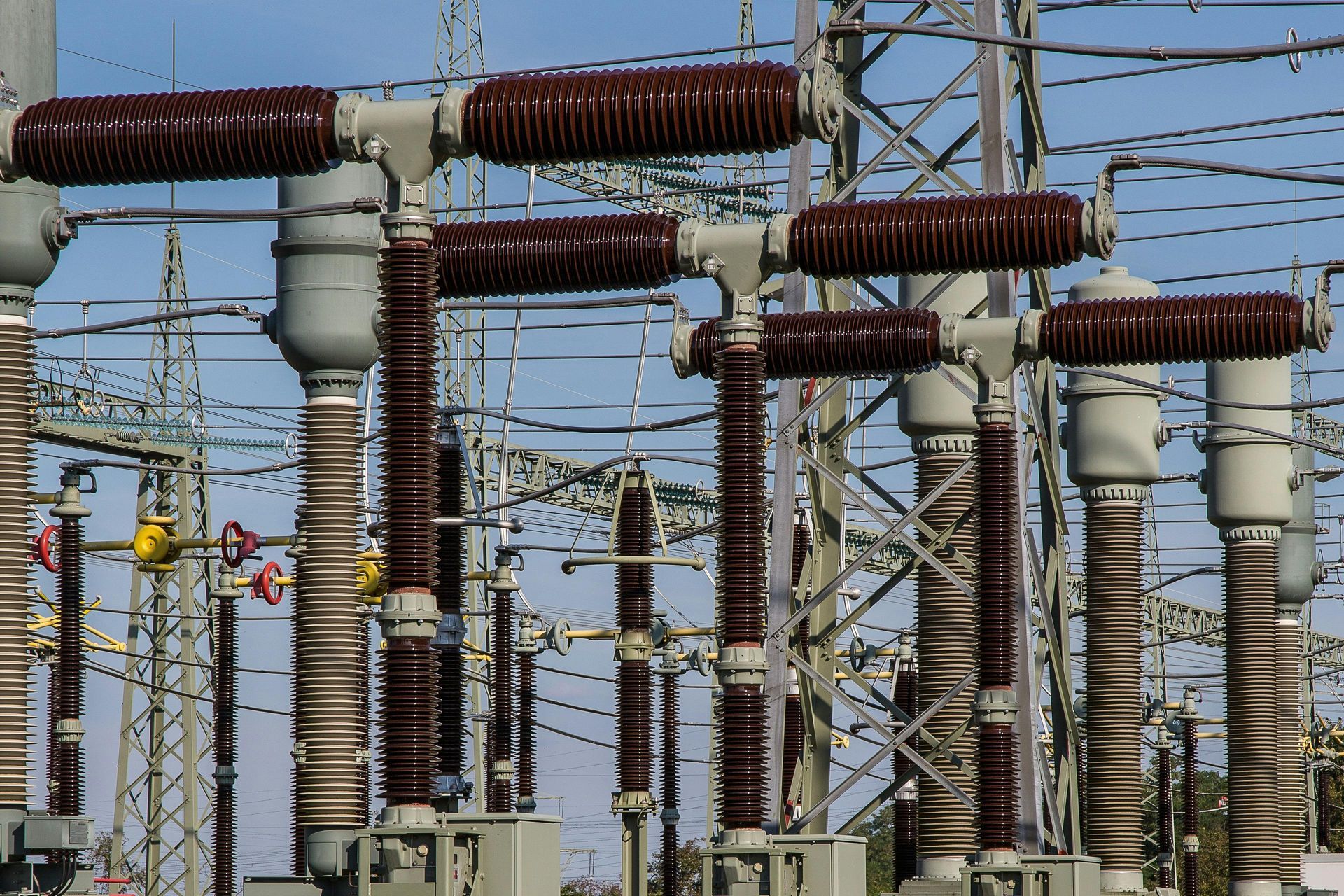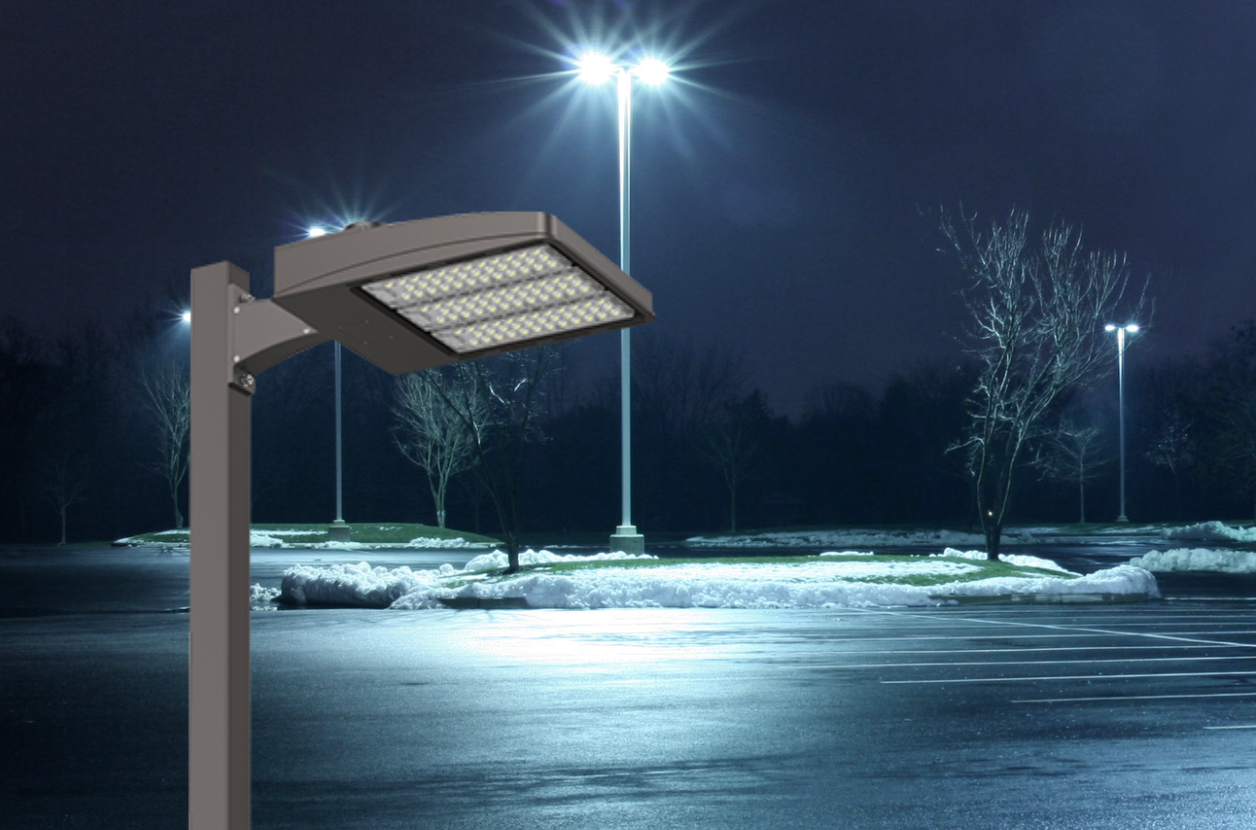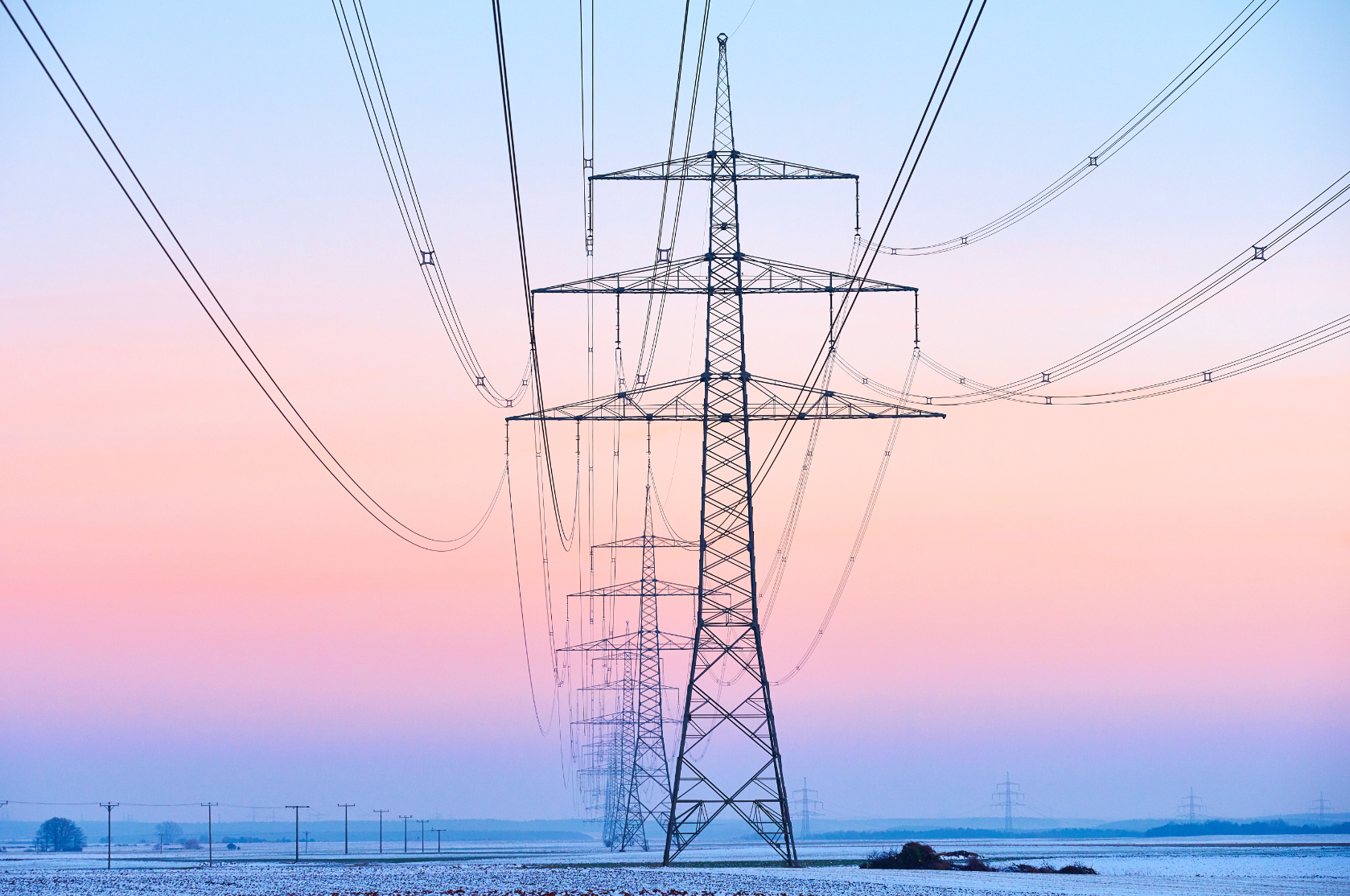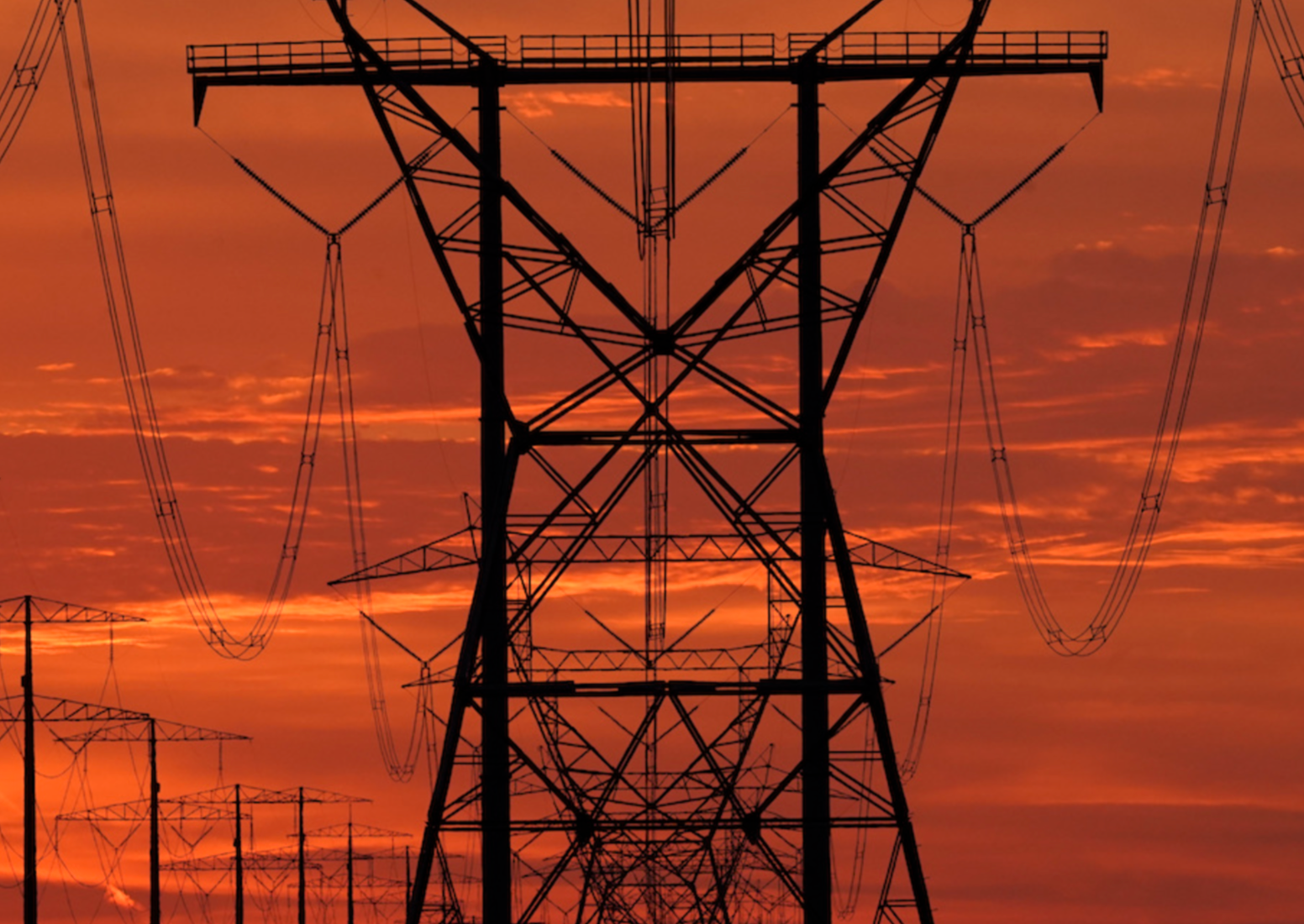How is Electricity Measured?
The History of the Watt

Have you ever wondered about the history of how electricity is measured?
Back in 1960, James Watt, an 18th-century inventor, instrument maker, and creator of the steam engine, became a prominent figure in science and mathematics history.
While working on his steam engine projects, Watt developed the concept of horsepower as a unit of power output. Since his engines replaced animals as the source of power, Watt decided to describe the power of the engines in terms of how many horses he would have needed to generate the same amount of power. One unit of horsepower was made equivalent to 33,000 pounds lifted one foot per minute. For his work related to efficiency and power, the watt was named after him.
Brittanica defines watt as a “unit of power in the International System of Units (SI) equal to one joule of work performed per second, or to 1/746 horsepower. An equivalent is a power dissipated in an electrical conductor carrying one ampere current between points at the one-volt potential difference.”
The Difference Between a Watt, kWh, and kW
You’ve probably heard of the term watt being used interchangeably with watt-hour, however– they are two different units. Although a watt is a unit of measurement of power, a watt-hour is a unit of energy equal to one watt of output for an hour, which is equal to 3,600 joules. In addition, a kilowatt-hour (kWh) is how electrical power consumption is normally measured.
For reference, we’ll also dive into megawatts and gigawatts. This article gives a thorough breakdown of each unit of measurement.
Watts = Typically how a product like a lightbulb’s energy is measured
Kilowatts = Measuring unit of power consumption of larger devices
Megawatts = Measures the output of a power plant or amount of electricity required by an entire city, based on this article.
Gigawatts = Measures the consumption and capacity of larger or multiple power plants.1,000,000 watts = 1,000 kilowatts = 1 megawatt (MW) and 1,000 megawatts = 1 gigawatt
If you’ve looked at your electricity bill and noticed that there are two similar-looking terms –
kW
and
kWh, you may be wondering what the difference is between the two. A
kW (kilowatt)
is a measure of power, while
kWh (kilowatt-hour)
is a measurement of how much energy is being used, per hour.
How Much Electricity Does the Average Business Use in the U.S.?
According to
this article by IotaComm, “the average office building spends an excess of $30,000 per year on energy.” In addition:
- A food service facility consumes approximately 56 kWh/square foot.
- A retail mall consumes approximately 23 kWh/square foot on average.
- A public assembly building consumes approximately 15 kWh/square foot.
- A warehouse consumes approximately 9 kWh/square foot.
These commercial buildings’ usages can really add up over the course of time and can lead to high energy bills. Many modern, commercial buildings are starting to invest in smart building technology, which helps decision makers understand and control their energy consumption in a more efficient way. Check out our blog post about how Wendy’s, a well-known restaurant franchise, has taken this approach to help build a more sustainable environment and lower their energy costs.
Analyze Your Energy Consumption

If you’d like assistance analyzing your energy bills or tips on reducing your energy consumption, please reach out to us at info@goananta.com. You can read more about what we do as energy brokers here and find opportunities to save as well, such as LED installations.
Check out these testimonials from some of our clients here.










